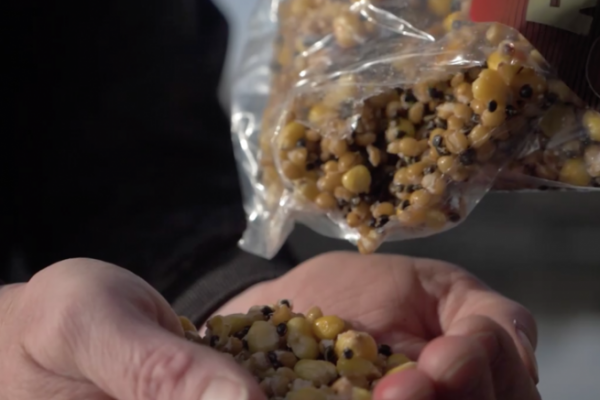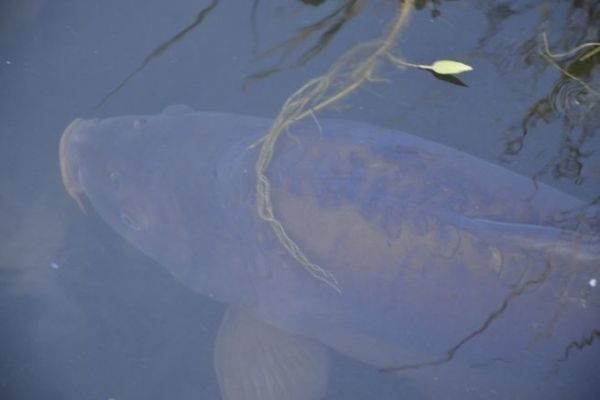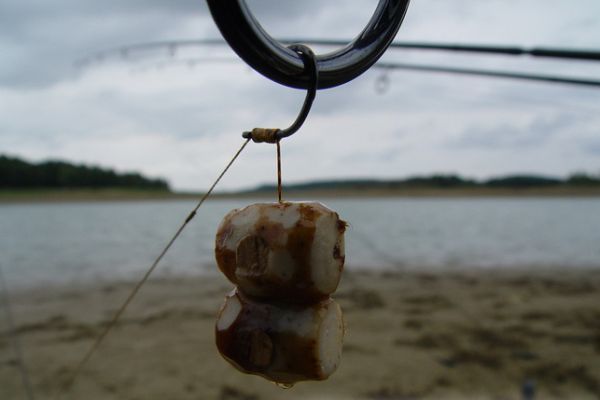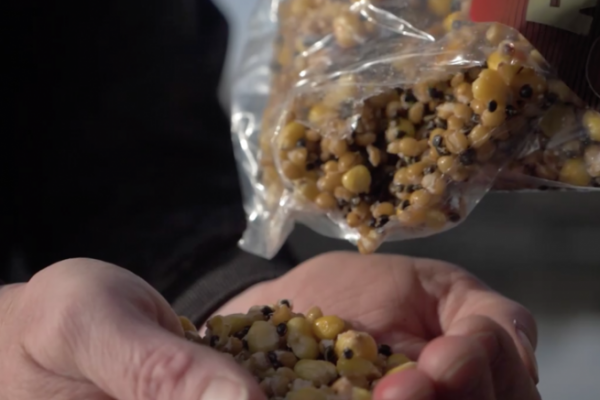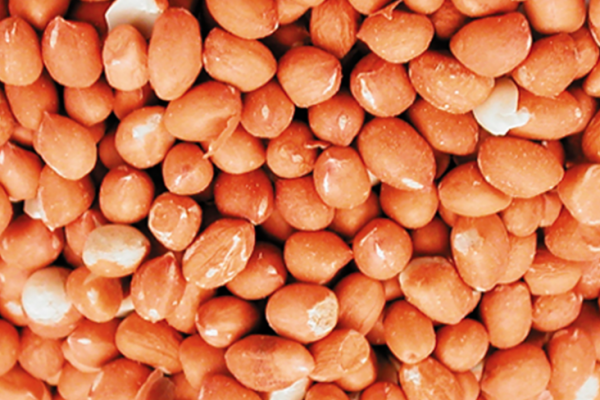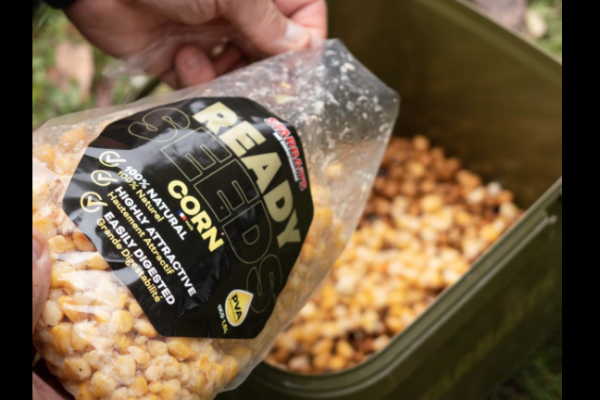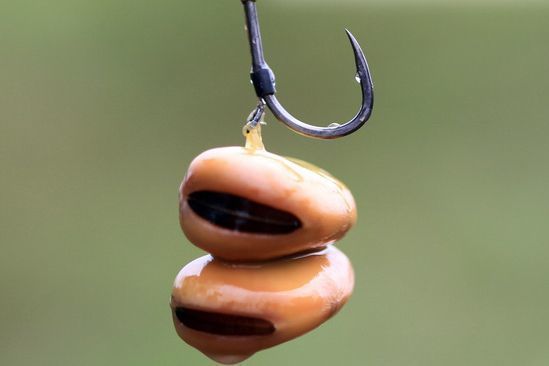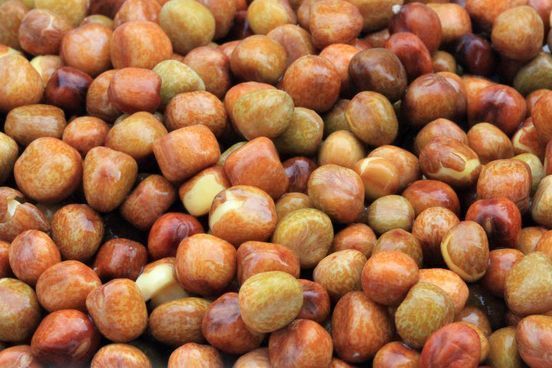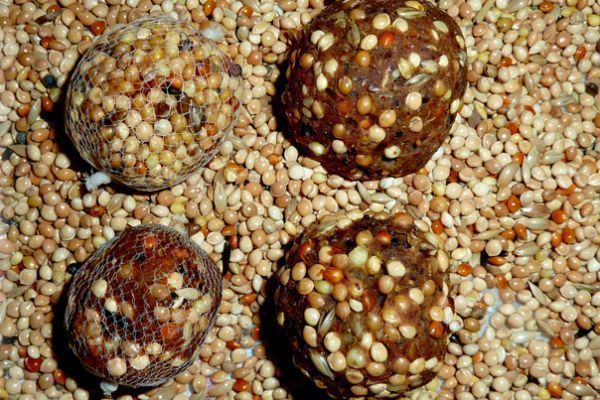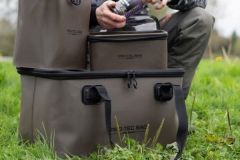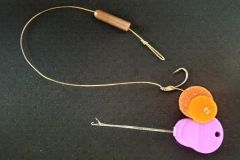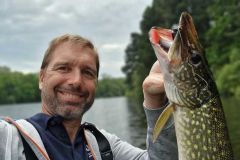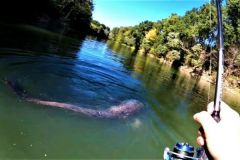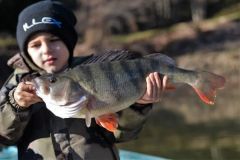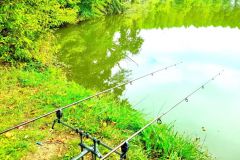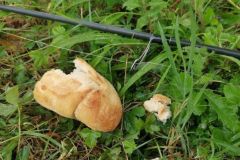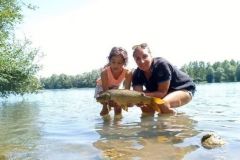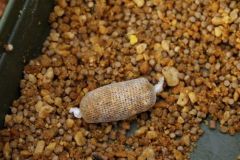Today, compared to past generations, it is much easier for us to use seeds for carp fishing. Many solutions are available to us to make the use of seeds less restrictive. However, it is important to master certain steps and to know some essential characteristics.
Soaking and cooking of seeds
Most seeds require a soaking time of at least 24 hours. You should not hesitate to put a lot of water, because the seeds "drink" a lot. Concerning the water used the must is that of the destination of fishing, but in this case it is necessary to live near the coveted places.
Soaking is essential for the health of our cyprines. Indeed, using seeds without soaking them would cause them to swell up in their intestine. In addition, soaking reduces the cooking time to a minimum, which tends to destroy the nutritional qualities. Always keep in mind the acorns that fall into the water and yet uncooked are eaten by lady carp.
So when we can do without cooking, we should not deprive ourselves of it. However, cooking is done in the vast majority of cases (if not dangerous). We will come back more precisely, and this, for each seed on the time of soaking and cooking.

Tip: Before soaking, it is strongly recommended to wash the seeds to eliminate any substances or waste that could give them a bad taste.
The germination of seeds
To get out of the ordinary, it is possible to germinate your seeds before cooking them slightly. Indeed, these germinated seeds will become even more attractive. To make germinate seeds nothing is easier. The preparation is very simple and takes only a few minutes per day.
Germinating seeds does not require any cooking. To do this, you have to put yourself in the shoes of a gardener. Indeed, a seed to germinate needs heat and air. First of all, it is necessary to soak the seeds in water to bring them out of their resting period called dormancy. As for the cooking, it is preferable to use a not chlorinated water (water of the water level or in bottle). Seeds are sensitive to the difference in temperature, so it is preferable to place the seeds (before soaking) in a cooler place. The water of soaking must on the other hand be changed every day (it is a minimum), because otherwise there is synthesis of substances inhibiting enzymes.
During this phase of soaking, the seeds will be filled with water. The time of soaking differs according to seeds. After this phase of pre-germination comes the phase of germination. It is at this moment that the seed is transformed. The seeds to be germinated must be laid out on a flat support without being tightened. This stage must be done in the shelter of the light by covering seeds with something letting pass the air (sheet fineâeuros¦). This allows to recreate the underground atmosphere. Attention, the sheet must not touch the seeds.
These should be moistened every day. For that, it is enough as specified before to rinse them, to drain them and to replace them on the support as indicated. Gradually the seeds can be placed in a brighter space in order to develop the chlorophyll. The germ will appear after a few days.
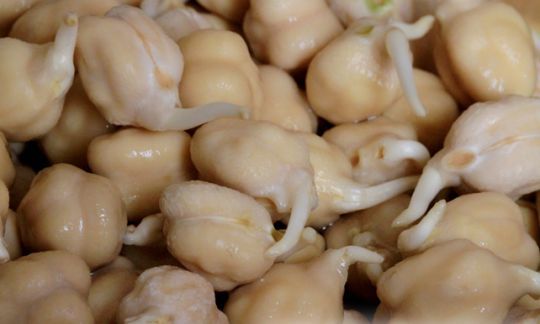
The interest of the germinated seeds is that they are very nutritive, because the germ contains the whole of the substances essential to the future development of the plant. The seed in dormancy holds proteins which during the germination will be transformed into amino acids as well as natural sugars.

Once germinated the seeds must be cooked to stop the germination.

Fermentation: a conservation solution
Fermentation, in the case of seeds, is the conversion of the chemical energy contained in glucose into another form of energy directly usable by the cell in the absence of O2 (oxygen). In the case of seeds, the fermentation is called ethyl. The glucose is transformed into alcohol.
This alcoholic fermentation takes place in an oxygen-free environment. The ideal temperature is 35°C. Thanks to this fermentation, many seeds can be preserved for a very long time, such as the tiger nut. To ferment the seeds, after cooking, add about 200 g of sugar per kilo, mix well and close the container tightly. Then just leave it for a while.
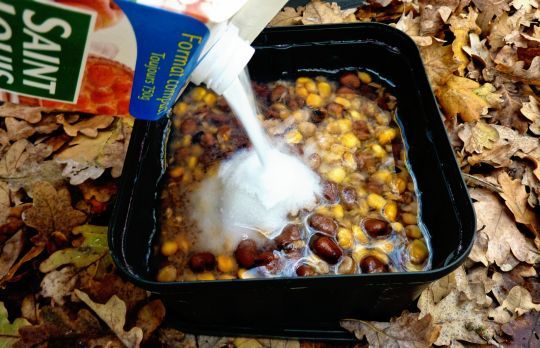
Preservation by freezing
Not all seeds can be preserved by fermentation. Some carp fishermen do not like this method and prefer to fish with fresh seeds.
However, it is tedious for short fishing trips to prepare seeds for each trip (like boilies for those who roll). The easiest way is to prepare seeds in large quantities and freeze them in bags or containers of different sizes. Thus, you are ready for long sessions, but also for short improvised sessions.
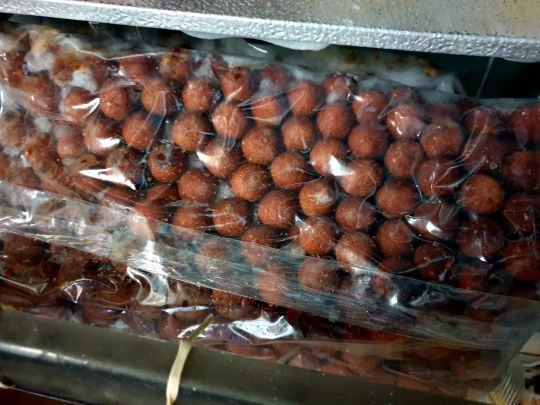
Another alternative: ready-to-use seeds
The preparation and storage are all elements that put off many carp anglers from using seeds. Ready to use seeds are available on the market.
Starbaits offers Ready Seeds in plain or even flavored versions to complete their line of boilies. What could be more pleasant than to take out a packet of seeds as we do for boilies. A very practical product for those who have neither the time nor the desire to start cooking seeds.
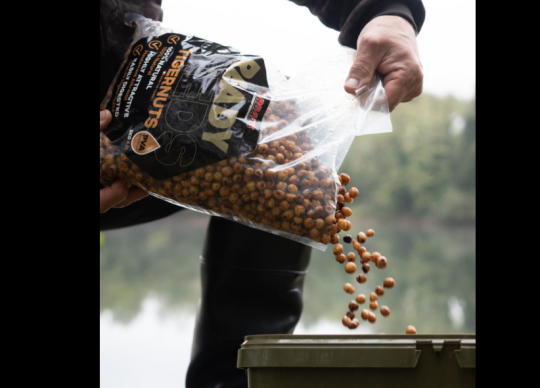
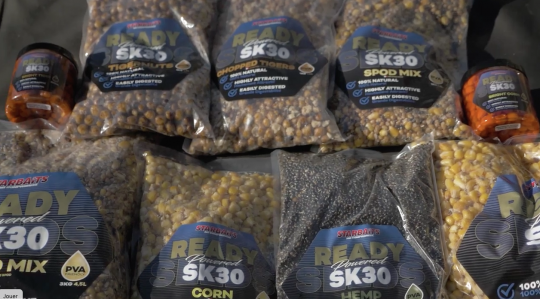
Whatever your time, your budget, your constraints, you already have some solutions to use the seeds and increase your range of approaches to fish carp.
Next, we will discuss the specificities of each seed in order to make the right choices.

 /
/ 